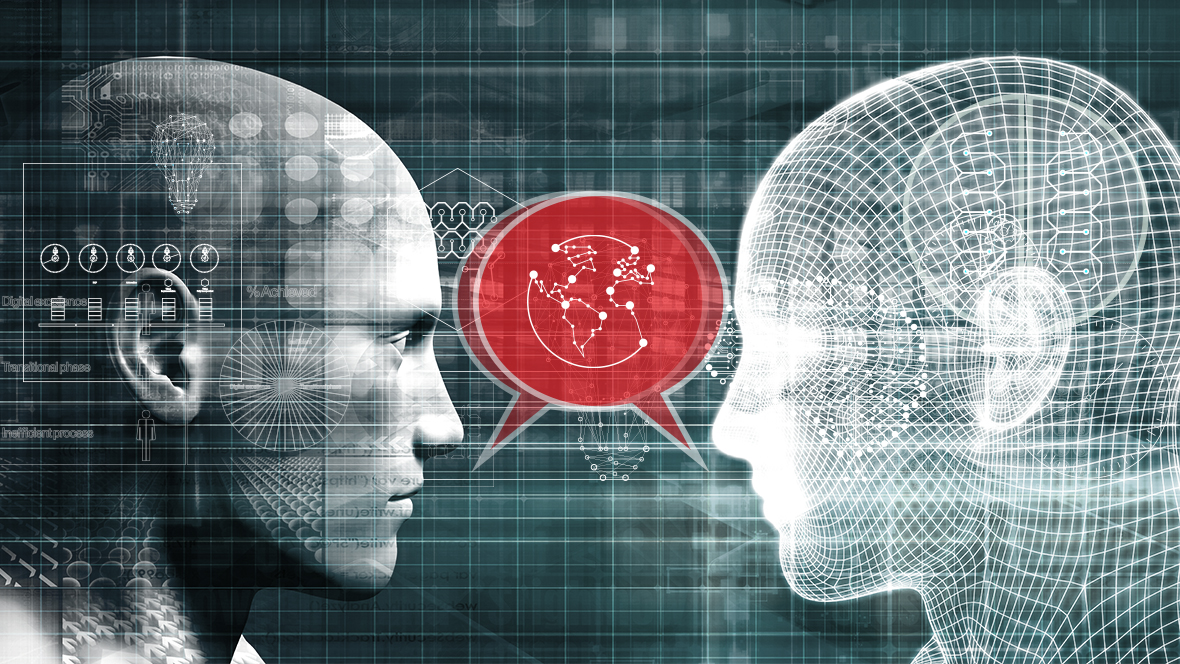What is a Conversational AI?
Conversational AI refers to the technology that enables machines, particularly computers and software, to engage in human-like conversations with users. It’s a subfield of artificial intelligence (AI) that focuses on creating systems capable of understanding natural language and responding in a coherent and contextually relevant manner.

Conversational AI systems use various techniques and technologies to understand natural language and respond in a coherent and contextually relevant manner.
- Natural Language Processing (NLP): NLP is a key component of conversational AI. It involves understanding and processing human language, including tasks such as language understanding, sentiment analysis, and language generation.
- Machine Learning: Conversational AI systems often employ machine learning algorithms to improve their performance over time. These algorithms learn from large amounts of data to understand patterns in language and user interactions.
- Dialog Management: Managing the flow of a conversation is crucial for creating coherent interactions. Dialog management involves keeping track of context, understanding user intents, and generating appropriate responses.
- Speech Recognition: Some conversational AI systems, like virtual assistants or voice-activated devices, also incorporate speech recognition technology to convert spoken language into text for processing.
- Text-to-Speech (TTS): TTS technology converts text into spoken language, allowing AI systems to respond audibly to users.
Conversational AI finds applications in various domains, including:
- Customer Support: Many businesses use chatbots and virtual assistants to provide 24/7 customer support and answer frequently asked questions.
- Virtual Assistants: These are AI-driven applications that help users with tasks, provide information, set reminders, and more. Examples include Siri, Google Assistant, and Amazon Alexa.
- E-Commerce: Conversational AI can enhance the shopping experience by assisting customers in finding products, making recommendations, and processing orders.
- Healthcare: It can be used for appointment scheduling, answering medical queries, and monitoring patients’ health.
- Education: Conversational AI can facilitate personalized learning experiences by providing explanations, quizzes, and interactive lessons.
- Enterprise Solutions: Businesses can use conversational AI for internal purposes like managing appointments, scheduling meetings, and accessing information within an organization.
- Entertainment: Chatbots and virtual characters can be used for interactive storytelling and gaming.
As technology advances, conversational AI systems are becoming more sophisticated, capable of understanding nuanced language, context, and even emotions. However, challenges like maintaining ethical use, preventing bias, and achieving human-like conversations remain important considerations in the development and deployment of conversational AI systems.
